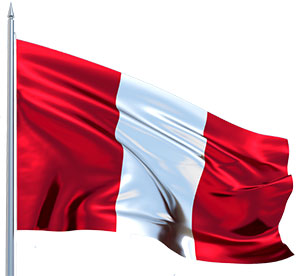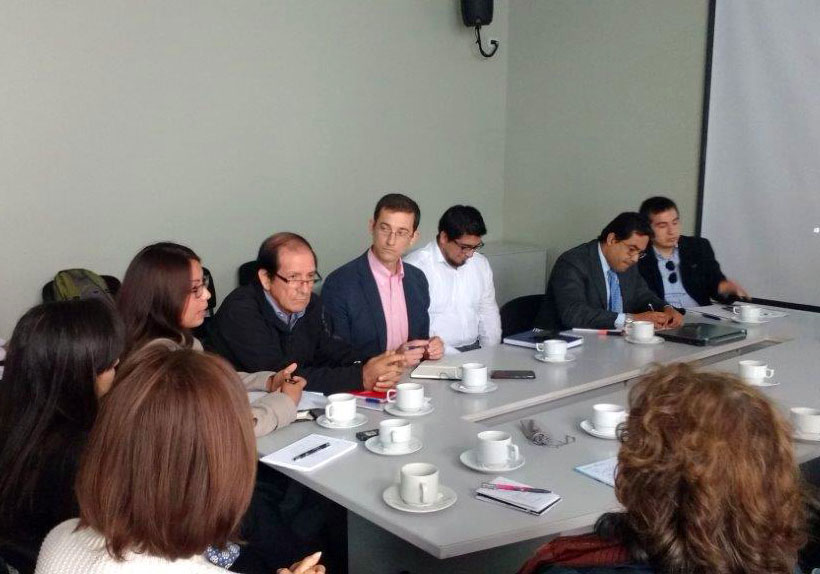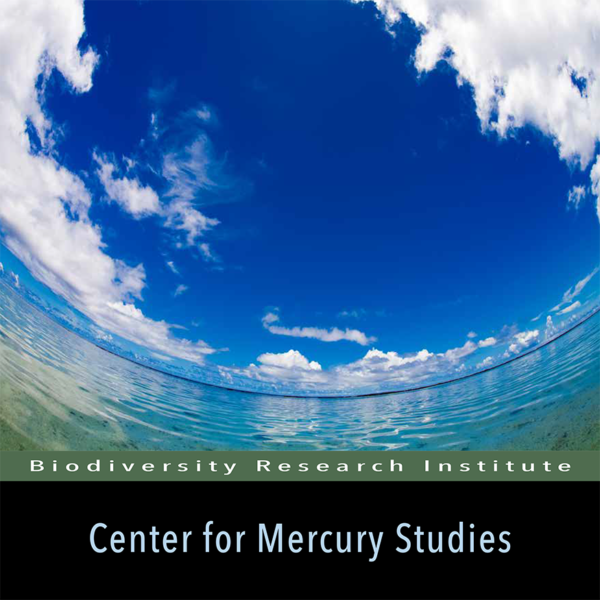Peru ratified the Minamata Convention on January 21, 2016. Through our Center for Mercury Studies, BRI is working with the Ministry of Environment of Peru to develop a series of plans for monitoring mercury in the environment and in humans, in response to an emergency declaration related to mercury contamination and gold mining in the Madre de Dios region of the Amazon Basin. BRI is providing recommendations for the development of these sampling strategies and protocols, and the project is being implemented by the Ministry of Environment in collaboration with the Ministry of Health and the National Institute for Civil Defense.
Formal Capacity: International Technical Expert
Project Lead: David Evers
Collaborating Ministry: Ministry of Environment
Funding Agency: UN Environment
Country Profile

- Population: 30.77 Million
- Surface Area: 496,225 sq mi
- Capital City: Lima
- Official Languages: Spanish, Quechua, and Aymara
- Fish Production: 7,250,075 tons (FAO 2008)
- UN Membership Date: October 31, 1945
- Minamata Signature Date: October 10, 2013
Peru is a country located on the Pacific coast of South America, boardering Ecuador, Columbia, Brazil, Bolivia and Chile. Peru has a diverse natural landscape ranging from arid plains in the west, to peaks of the Andes Mountains, and tropical rainforests of the Amazon River Basin in the east. The country’s main economic activities include mining, manufacturing, agriculture, and fishing.
Gold Mining in the Madre de Dios Region

Gold mining in the Madre de Dios region of Peru not only contributes to mercury contamination, but is also contributing to deforestation and altering the course of major rivers. Learn more at the Monitoring of the Andean Amazon Project.

In June 2016, BRI met with representatives from the Ministry of Environment to develop plans for monitoring mercury in the environment and humans in Peru.



